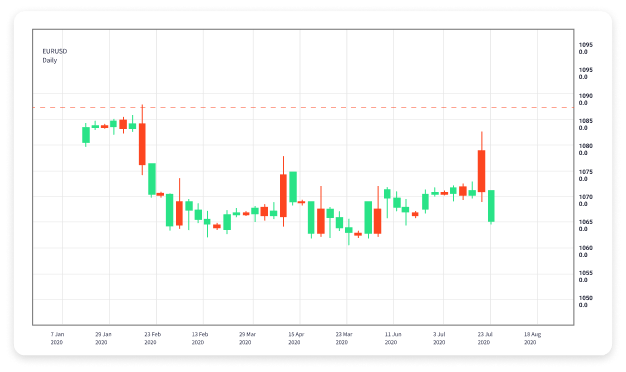
Forex trading systems are vital tools for traders looking to make informed decisions in the highly volatile currency market. In this guide, we will delve deep into various trading systems, their components, and how to select a suitable system for your trading needs. For more guidance and resources, visit forex trading systems fxtrading-broker.com, a site dedicated to Forex trading principles and strategies.
What is a Forex Trading System?
A Forex trading system refers to a specific set of rules and indicators that traders use to make trading decisions. These systems can be used for technical analysis, fundamental analysis, or a combination of both. The primary goal of any Forex trading system is to provide traders with a consistent approach to trading, helping them navigate the complexities of the currency market.
Components of a Trading System
While specific trading systems can vary widely, they typically include several key components:
- Indicators: These are mathematical calculations based on price and volume that help traders predict future price movements. Common indicators include moving averages, RSI, and MACD.
- Entry and Exit Rules: Each system should have clearly defined rules for when to enter and exit trades. This minimizes emotional decision-making and increases the likelihood of profitability.
- Risk Management: Proper risk management is crucial in Forex trading. A good system includes guidelines on how much risk to take on each trade and when to cut losses.
- Time Frame: Different trading systems operate on various time frames ranging from seconds to months. The chosen time frame usually reflects the trader’s goals and style.
Types of Forex Trading Systems
Forex trading systems can be broadly categorized into several types based on their approach and methodology:
1. Trend Following Systems
Trend following systems are based on the premise that prices move in trends. Traders using these systems will identify a trend and place trades accordingly. Indicators like moving averages and trendlines are commonly used to find and confirm trends.
2. Range Trading Systems
Range trading systems operate under the concept that prices tend to bounce between support and resistance levels. Traders will look for prices to reach those levels and then take trades in the opposite direction, capitalizing on price reversals.
3. Breakout Systems
These systems focus on identifying significant price levels, often referred to as breakout points. When the price breaks through a key level, traders will enter a position expecting momentum to carry the price further in that direction.

4. Scalping Systems
Scalping is a strategy that involves making dozens or hundreds of trades in a single day to “scalp” a small profit from each one. Scalping systems require strict risk management and quick execution, as the focus is on small price movements.
5. Automated Trading Systems
Also known as algorithmic trading systems, these rely on computer programs to execute trades based on predetermined criteria. They can be based on any of the strategies mentioned above and can operate 24/7 without human intervention.
Choosing the Right Forex Trading System
Selecting the right trading system is crucial for success in Forex markets. Here are some factors to consider:
- Trading Style: Your trading style should dictate the type of system you choose. For instance, if you prefer quick trades, a scalping system might be suitable.
- Market Conditions: Different systems perform better in different market conditions. It’s essential to evaluate how a system performs during trending vs. ranging markets.
- Backtesting: Before implementing a system, backtest it using historical data to evaluate its performance and ensure it’s robust.
- Personal Compatibility: Ultimately, choose a system you feel comfortable with and that aligns with your risk tolerance and trading psychology.
Common Mistakes in Forex Trading Systems
Even experienced traders can fall victim to common pitfalls when applying their systems. Some of these include:
- Over-Optimization: Trying to tweak a system to fit past data can lead to a lack of performance in live conditions.
- Ignoring Risk Management: Failing to implement sound risk management can jeopardize even the most promising trading systems.
- Emotional Trading: Sticking to a system is vital; however, emotions can often cause traders to deviate from their planned approach.
The Importance of Continuous Learning
Forex markets are dynamic, and what works today may not work tomorrow. Therefore, continuous learning, adapting, and refining your trading system is crucial for long-term success. Engaging with educational resources, webinars, and trading communities can enhance your understanding and help you stay updated on market developments.
Conclusion
Forex trading systems can significantly enhance your trading by providing structured methods, rules, and strategies. By understanding the various components, types, and ensuring the system suits your trading style, you can improve your chances of success in the fast-paced world of Forex trading. Always remember the importance of sound risk management and the value of continuous learning in achieving your trading goals. For additional resources, consider visiting fxtrading-broker.com, where you can find further training and insights into Forex trading.
